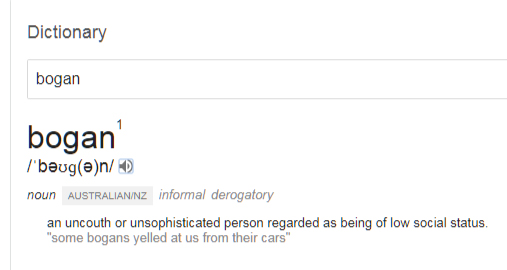Search This Blog
"Truth comes only to conquer those who have lost the art of receiving it as a friend." ~ Ravi Thakur
Featured
- Get link
- X
- Other Apps
How to Ride the Web 3.0 Wave and Surf the Tides of Digital Wealth
In this guide, we will explore the evolution of the web, delve into the concept of Web 3.0, its capabilities, and potential financial rewards, along with a step-by-step strategy to harness its power.
Evolution of the Web:
1. Web 1.0
- In the 1990s, the internet primarily consisted of static web pages with limited interactivity.
- Users were passive consumers of content, with little opportunity for engagement or collaboration.
2. Web 2.0
- The early 2000s witnessed the rise of Web 2.0, characterized by dynamic, user-generated content and social interaction.
- Platforms like Facebook, YouTube, and Wikipedia empowered users to create, share, and collaborate on content.
- Web 2.0 facilitated the democratization of information and ushered in the era of user participation.
3. Web 3.0
- Web 3.0 represents the next phase of internet evolution, focusing on decentralization, interoperability, and user ownership.
- At its core, Web 3.0 leverages blockchain technology to enable peer-to-peer interactions, eliminate intermediaries, and empower users with digital sovereignty.
- Unlike its predecessors, Web 3.0 aims to give users control over their data, identities, and digital assets.
Capabilities and Potential of Web 3.0:
1. Decentralization
- Web 3.0 operates on decentralized networks, reducing reliance on centralized authorities and minimizing censorship and data breaches.
- Decentralized applications (dApps) built on blockchain platforms like Ethereum offer increased transparency, security, and resilience.
2. Tokenization
- Web 3.0 introduces the concept of tokenization, where assets are represented as digital tokens on a blockchain.
- Tokens can represent anything of value, from cryptocurrencies and digital collectibles to real estate and intellectual property rights.
3. Smart Contracts
- Smart contracts are self-executing contracts with the terms of the agreement directly written into code.
- These automated contracts enable trustless transactions, streamline processes, and reduce the need for intermediaries.
4. Interoperability
- Web 3.0 fosters interoperability between different blockchain networks and protocols, enabling seamless data exchange and collaboration.
- This interoperability facilitates the development of an interconnected digital economy with limitless possibilities for innovation.
Harnessing Web 3.0 for Financial Rewards:
1. Educate Yourself
- Start by gaining a thorough understanding of blockchain technology, cryptocurrencies, and decentralized finance (DeFi).
- Stay updated on the latest developments in the Web 3.0 space through reputable sources, forums, and community discussions.
2. Invest Wisely
- Diversify your investment portfolio to include cryptocurrencies, tokenized assets, and promising blockchain projects.
- Conduct thorough research and due diligence before investing, and consider factors such as project fundamentals, team expertise, and community support.
3. Participate in DeFi
- Explore decentralized finance platforms offering opportunities for lending, borrowing, staking, and yield farming.
- Be mindful of the associated risks and adopt risk management strategies to protect your investments.
4. Build and Contribute
- Get involved in the Web 3.0 ecosystem by contributing to open-source projects, building decentralized applications, or participating in governance mechanisms.
- Engage with communities and collaborate with like-minded individuals to drive innovation and create value.
5. Monetize Your Skills
- Leverage your skills and expertise in areas such as coding, design, marketing, or content creation to offer services to Web 3.0 projects and businesses.
- Embrace the gig economy model and explore freelance opportunities within the blockchain and cryptocurrency space.
Web 3.0 represents a paradigm shift in the way we interact with the internet, offering unprecedented opportunities for innovation, empowerment, and financial prosperity. By understanding the principles of decentralization, tokenization, and interoperability, and actively participating in the Web 3.0 ecosystem, individuals can unlock the full potential of this transformative technology and reap its financial rewards. As we embrace the ownership economy of Web 3.0, let us embark on a journey of exploration, collaboration, and wealth creation in the decentralized digital frontier.
- Get link
- X
- Other Apps
Popular Posts

The One On Why Uganda Produces Shitty Ads
- Get link
- X
- Other Apps

Of Australian Bogans Masquerading As Creatives In Nairobi Agencies
- Get link
- X
- Other Apps
.jpeg)


Comments
Post a Comment